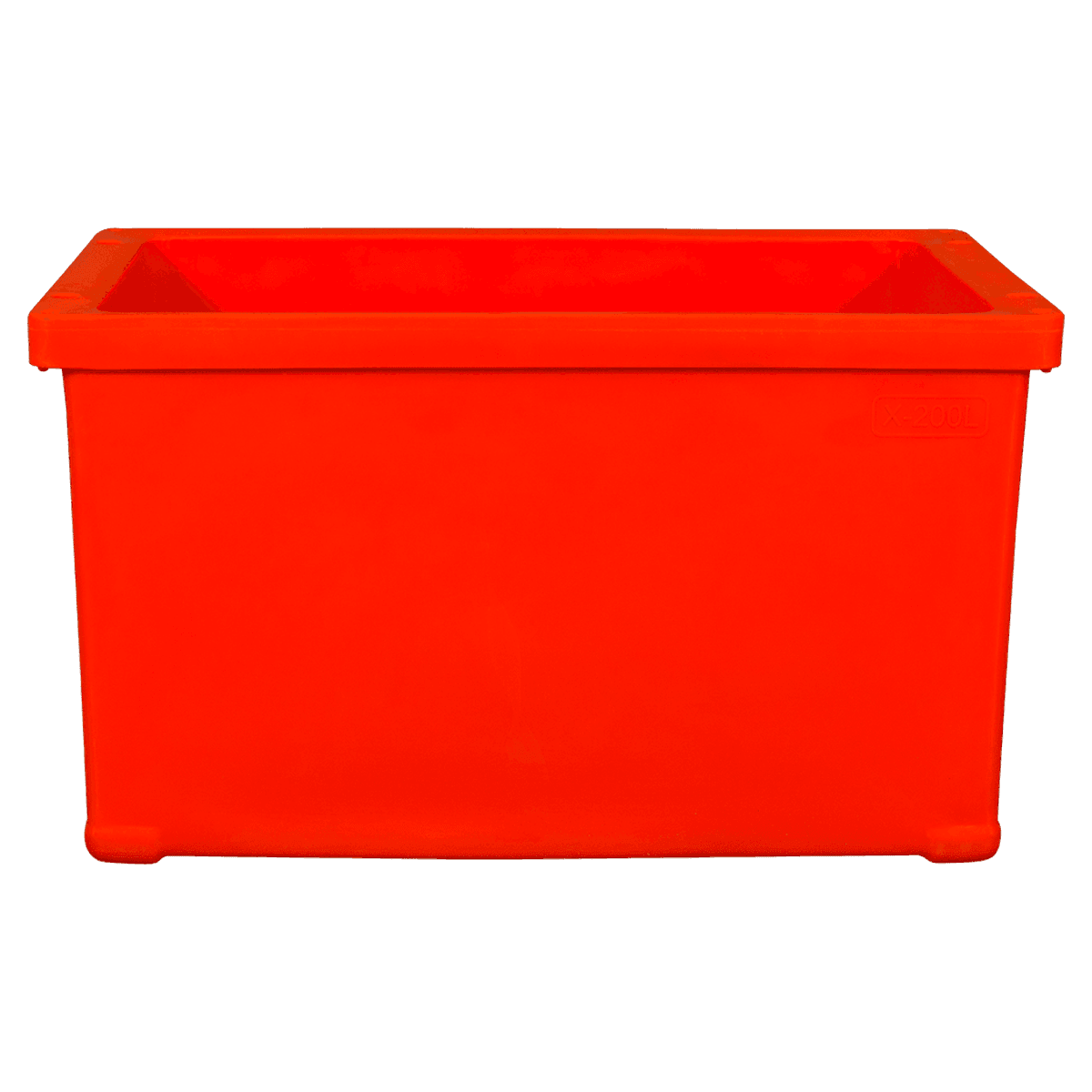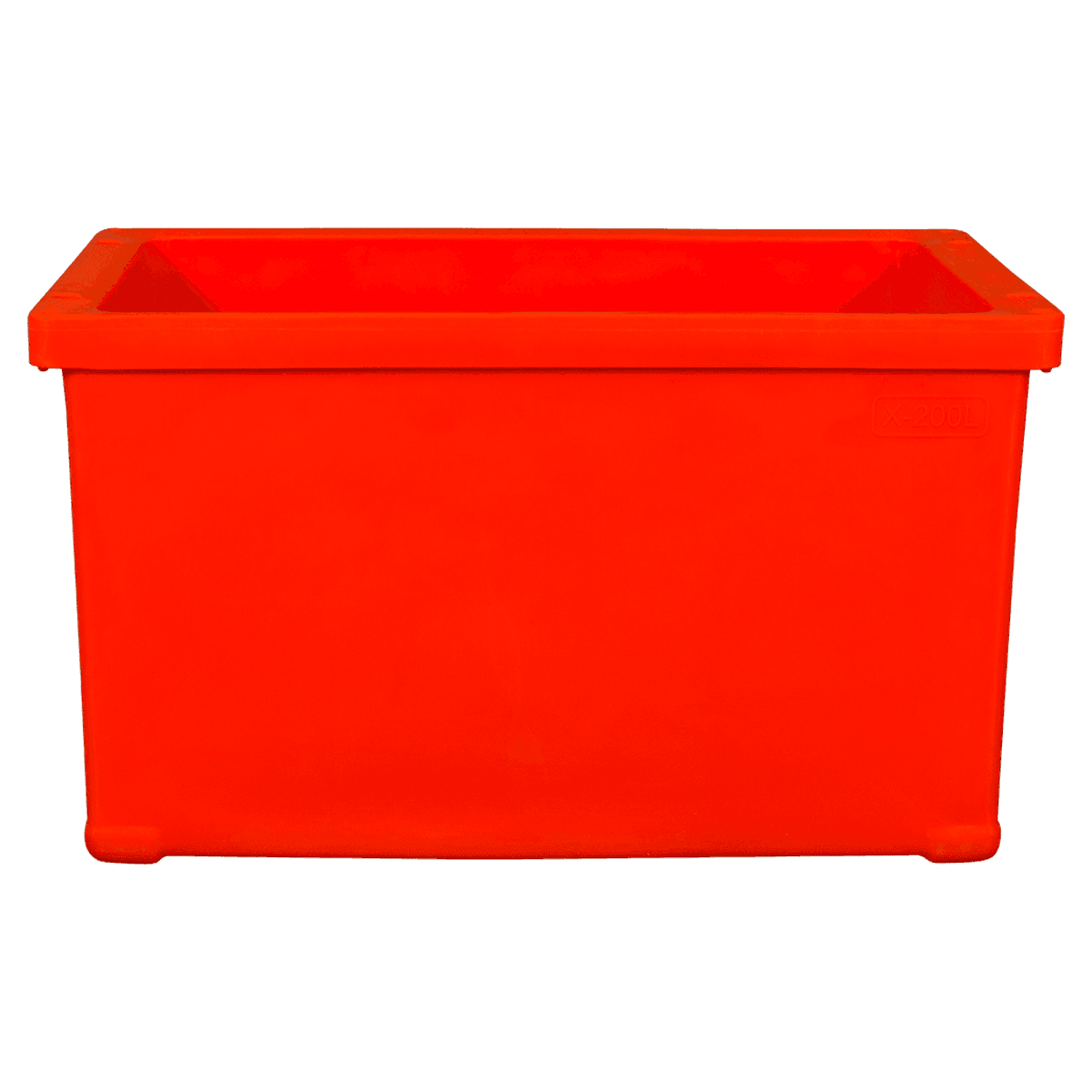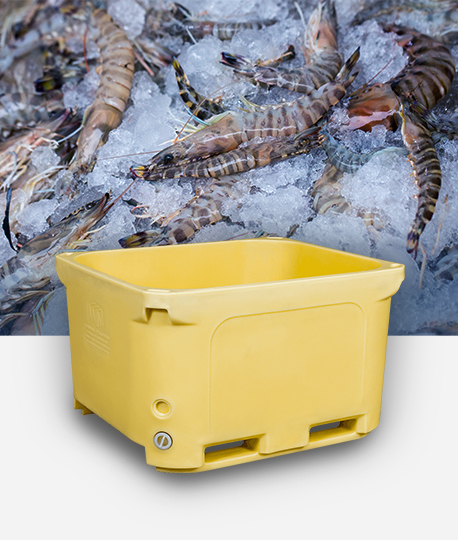1.Temperature Regulation: Insulated fish tanks play a pivotal role in aquaculture by effectively regulating water temperatures, which is essential for the health and well-being of aquatic species. Fish are highly sensitive to temperature fluctuations, and sudden changes can lead to stress, compromised immune systems, and even mortality. Insulation helps to buffer against external temperature variations, maintaining a stable and conducive environment within the tank. This stability is particularly critical for species with specific temperature requirements, such as tropical fish or those raised in regions with significant temperature fluctuations throughout the year. By providing a consistent temperature regime, insulated tanks create optimal conditions for metabolic processes, ensuring that fish can efficiently utilize nutrients for growth and development.
2.Energy Efficiency: One of the significant advantages of insulated fish tanks lies in their ability to conserve energy. Traditional aquaculture systems often rely on heating or cooling mechanisms to maintain suitable water temperatures, which can consume significant amounts of energy, especially in large-scale operations. Insulated tanks minimize heat exchange with the surrounding environment, reducing the need for constant heating or cooling and resulting in substantial energy savings. This not only translates to lower operational costs but also contributes to environmental sustainability by reducing greenhouse gas emissions associated with energy consumption. Additionally, the enhanced energy efficiency of insulated tanks makes them an attractive option for aquaculture operations seeking to minimize their carbon footprint and optimize resource utilization.
3.Improved Fish Growth: The stable temperature conditions provided by insulated fish tanks create an optimal environment for fish growth and development. Consistent temperatures promote efficient metabolic rates, ensuring that fish can effectively utilize nutrients from their diet for tissue growth and muscle development. This, in turn, leads to faster growth rates, improved feed conversion efficiency, and overall enhanced productivity in aquaculture systems. By minimizing temperature-induced stress, insulated tanks allow fish to allocate more energy towards growth and reproduction, ultimately resulting in higher yields and improved profitability for aquaculture operations. Additionally, the improved growth performance of fish raised in insulated tanks can contribute to higher-quality products, meeting consumer demand for premium seafood products in the market.
4.Reduced Stress: Fluctuating water temperatures can induce stress responses in fish, compromising their immune function and making them more susceptible to diseases. Insulated fish tanks offer a solution by providing a stable environment that minimizes temperature fluctuations, thereby reducing stress levels among aquatic species. When fish are less stressed, they exhibit better overall health and resilience, leading to improved survival rates and reduced mortality in aquaculture systems. Additionally, lower stress levels can enhance the fish's ability to adapt to environmental changes and physiological challenges, contributing to long-term sustainability in aquaculture operations. By creating a calm and stable habitat, insulated tanks promote natural behaviors and physiological processes, ensuring the well-being and welfare of the fish under cultivation.
5.Enhanced Disease Management: The stable temperature conditions maintained by insulated fish tanks play a crucial role in disease prevention and management. Fluctuating water temperatures can weaken the immune system of fish, making them more susceptible to infections and disease outbreaks. Insulated tanks help mitigate this risk by providing a consistent and controlled environment that supports optimal immune function and disease resistance in aquatic species. By minimizing temperature-related stressors, insulated tanks reduce the likelihood of disease transmission and outbreaks, thus lowering the need for prophylactic treatments and medications. This not only improves the health and welfare of the fish but also reduces the use of antibiotics and other chemicals in aquaculture, promoting environmentally sustainable practices. Furthermore, by preventing disease outbreaks, insulated tanks help safeguard the economic viability of aquaculture operations, minimizing losses associated with mortality and treatment costs.
6.Seasonal Adaptability: In regions with extreme seasonal temperature variations, insulated fish tanks offer a reliable solution for maintaining optimal water temperatures year-round. Traditional outdoor aquaculture systems may face challenges during periods of extreme cold or heat, which can negatively impact fish health and production. Insulated tanks provide insulation against external temperature fluctuations, allowing aquaculture operations to continue uninterrupted regardless of seasonal changes. This ensures consistent fish growth and productivity throughout the year, regardless of external environmental conditions. Additionally, the seasonal adaptability of insulated tanks enables aquaculture producers to optimize their production cycles and maximize resource utilization, leading to greater efficiency and profitability in the long run. Whether in cold northern climates or hot tropical regions, insulated fish tanks provide a versatile and reliable infrastructure for sustainable aquaculture production.
F-1000L Insulated Fish Tanks Seafood Industrial Use Plastic Containers
The Wanma 1000L insulated plastic container is a classic container in the Wanma portfolio and remains to this day one of our most popular models. It is particularly well suited for handling fresh fish and for long-term storage for bringing.
This 1000L is double-walled with a PUR core and a high insulation factor. It is frequently used to handle salted fish and is commonly used to handle raw materials like salt and ice. It is also equipped with strong, dependable hoisting grips and is compatible for use with forklift and pallet jack on short sides.
+86-574-88768635
News
Related Products
-

X-200L Ice Cooler Box For Seafood Storage And Transportation
-
-4.png)
X-120L Insulated Fish Bin Ice Cooler Box
-
-4.png)
X-70L Insulated Fishing Ice Cooler Box
-
-2.png)
X-68L Ice Cooler Box To Keep Food Cold And Fresh
-

X-200L Short-distance Live Seafood Transportation Tanks
-
-2.png)
X-120L Live Seafood Transportation Tanks
-
-2.png)
X-70L Live Seafood Transportation Tanks
-

K-65L Outdoor Leisure Use Insulated Cooler Ice Box
-

K-45L Rotomolded Insulation Ice Cooler for Outdoor Camping Fishing Hunting BBQs
-

K-25L Portable Cooler Outdoor Leisure Use Cooler Box
CONTACT US
-
ADDRESS:
No. 68 Fanggang Road, Fenghua fangqiao Town, Ningbo, Zhejiang, China
-
Tel:
+86-574-88768635 / +86-13306535333 (Mr Joe)
-
E-mail:
quick link
product
LATEST news
mobile site
Copyright © 2022, Ningbo Wanma Plastics Co., Ltd. All Rights Reserved.


 English
English Español
Español عربى
عربى 中文简体
中文简体
